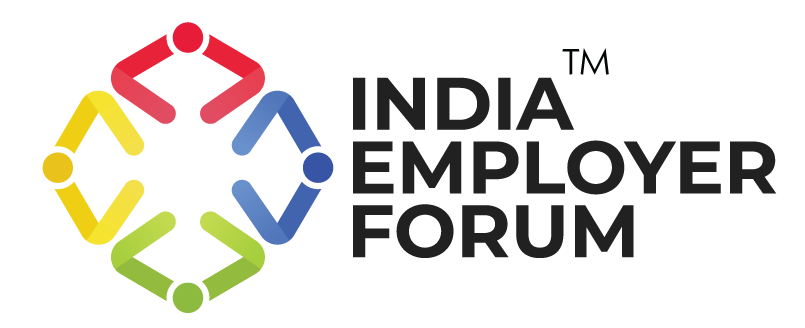The hybrid workforce model emerged as a silver lining for Indian corporates during the COVID-19 pandemic. Considering working from home, remote working, and the gig economy were disdained until a few years ago, businesses had no choice but to accept a hybrid workforce model to avert the damages and repercussions due to the dreadful virus. However, this transformation helped businesses discover the lucrative value of remote working and gig economy and how businesses can operate without having employees work in the cubicles every day. So, when the vaccination drives were initiated, organizations had to rethink their strategies and objectives while sustaining a hybrid workplace for high employee retention rates and business turnover.
But hybrid workforce model comes with its fair share of minuses compared to positives. Since only a few employees have to report to work occasionally, this might lead to inequalities or the notion that on-site reporting employees deserve preferences. Nevertheless, this can be dealt with if the companies strategize, invest resources, and work hard towards building an unbiased hybrid workplace.
You might also be interested to read: Gig Economy Rises as Freelance Work Supersedes Traditional Jobs
A hybrid workforce model is a relatively new streamlined concept that allows employees to work remotely as long as they can sustain their productivity levels. The organization creates an arrangement wherein the employees may have to come to work on certain days of the week or when required, and the rest of the days, they can work remotely. The flexibility will not only help leaders run their businesses smoothly but help employees manage work at their convenience.
Building an unbiased hybrid workforce
With the vaccination drives prompting talks about employees returning to work, businesses can continue to run a hybrid working model while averting inequalities successfully. Here’s how:
Train the management: The organization must train the management to handle a hybrid workforce efficiently. The team leaders will require new tools and equipment to build new strategies and manage on-site and remote teams consecutively. They will have to hire new talents, mentor, and train them beyond the walls of their cubicles which may make their job tedious if the organization does not provide them with resources and training.
Accept the radical change in organizational culture: Leaders must prepare themselves for challenges that might come their way due to the shift in the organization’s culture. They must get ready to implement new strategies to drive performance, build trust, and communicate effectively amongst the on-site and remote teams.
Equip the workforce: Besides leaders, the organization must provide the workforce with tools and technology to set up their workstations at their convenience. Several apps and networking sites allow effective communication to help employees stay connected with peers and management. The organization must shift to a technology-based networking and communication infrastructure to establish smooth networking and get the work done efficiently.
Effective communication plan: Prejudices can be avoided in a hybrid workplace if there’s an effective communication plan. The leader must maintain transparency and keep all the employees in the loop with the organization’s progress to avoid the unhealthy communication gap. Moreover, frequent feedback and ideas from the remote and on-site teams can be favorable to both the leader and employees in the long run.
It’s no secret that the pandemic hurled the nation into an entirely new concept of working. But, with leaders realizing how lucrative remote working can be, considering the increase in productivity and decreasing operating costs, it turned out to be a win-win deal for both the organization and the employees. However, to maintain a successful hybrid workforce model, the organization must strive and build an unbiased hybrid workplace for the employees to feel equal and at ease irrespective of their work locations.
References:
- Are You a Hybrid Workforce Champion or a Laggard? | Gartner | Jackie Wiles | January, 13 2021
- Hybrid Workplace: Is it the new future? | Vantage Circle | Mrinmoy Rabha | April 21, 2021
- Hybrid Workforces Must Be Equitable for Everyone | HR Bartender | Sharlyn Lauby | May 2, 2021
You might also be interested to read:






